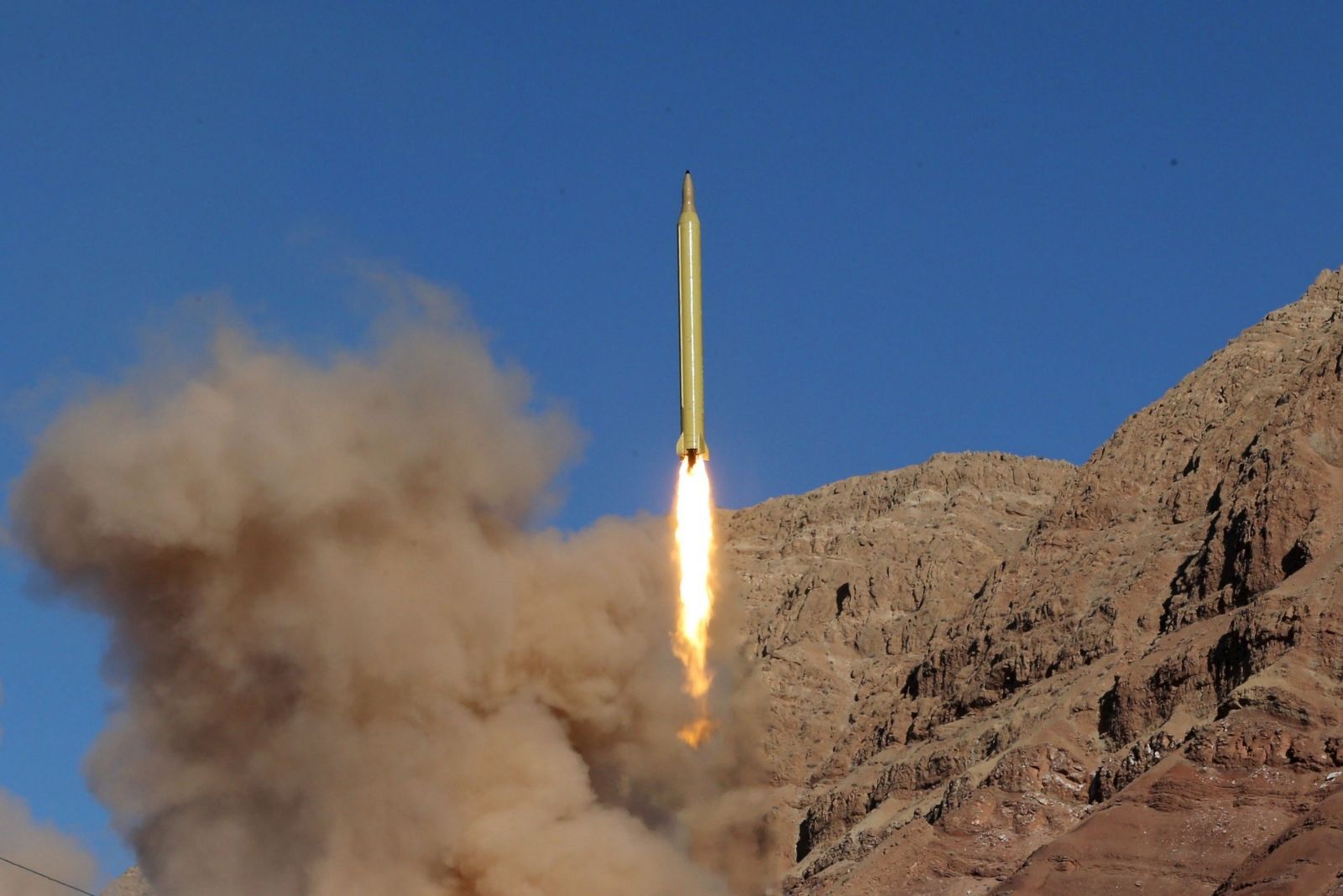Forecast International,
Newtown CT: Today's military communications systems consist of more than phones and radios. The market encompasses the sharing of voice, data, video and imagery communications in near real-time while adding encryption protection to ensure the exchanges are private.
The need for these diverse systems has created an estimated $3 billion market for the development and production of major airborne defense communications systems over the next decade.
According to Forecast International's “The Market for U.S. Military Airborne Communications Systems,” during the 2008-2017 timeframe, approximately 9,000 airborne communications systems of all types will be procured, and, at the same time, ample funding will be allocated for R and D programs.
“Network-centric operations are currently a high priority,” says Theresa Hartley, Forecast International Aerospace and Defense Analyst and author of the analysis. Therefore, Hartley adds, in the years ahead it will be critical that airborne military communications systems are interoperable.
Programs currently in effect that have a network-centric focus fall under the names Battlefield Airborne Communications Node (BACN), Battlespace Information Exchange, Cooperative Engagement Capability (CEC), and Family of Advanced Beyond line-of-sight Terminals (FAB-T).
Two additional programs will have a focus on datalinks: the Joint Tactical Information Distribution System (JTIDS) and the Multifunctional Information Distribution System (MIDS).
Approximately 40 percent of the funding that this study reports will be allocated for airborne military communications in the U.S. over the next decade will be destined for R and D programs, mostly in support of network-centric operations.
The leading program covered in this analysis is Northrop Grumman's Integrated Communications, Navigation and Identi-fication Avionics (ICNIA) system, or CNI. CNI does it all by combining multiple communications, navigation, and identification func-tions into one space-saving module for next-generation aircraft.
In the context of this analysis, over the next 10 years CNI sales will represent approximately 30 percent of the total market – a greater proportion than held by any other program covered in the analysis. The U.S. Air Force, Army and Navy jointly developed ICNIA technology for use on the F-22 Raptor and F-25 Joint Strike Fighter (JSF).
In the decade 2008-2017, Northrop Grumman will hold the top spot in the U.S. airborne military communications market in terms of value, primarily due to the sales that are projected to result from the ICNIA program. Other top performers will include Raytheon, Boeing and Data Link Solutions (DLS). DLS is a limited liability company created by Rockwell Collins and BAE Systems.
Finally, the influence of the Joint Tactical Radio System (JTRS) is widespread. JTRS is the U.S. Department of Defense's program to create next-generation, software-based radios. To date, some companies have been awarded major contracts to produce JTRS hardware.
Other firms are updating their hardware in order to incorporate JTRS waveforms. For example, MIDS vendors are working to produce prototype MIDS-JTRS terminals by April 2009.
On the other hand, JTRS will negatively influence legacy radio sales and force some production lines to shut down. Ultimately, almost all U.S. communications systems are to be replaced by hardware developed under the JTRS program.









